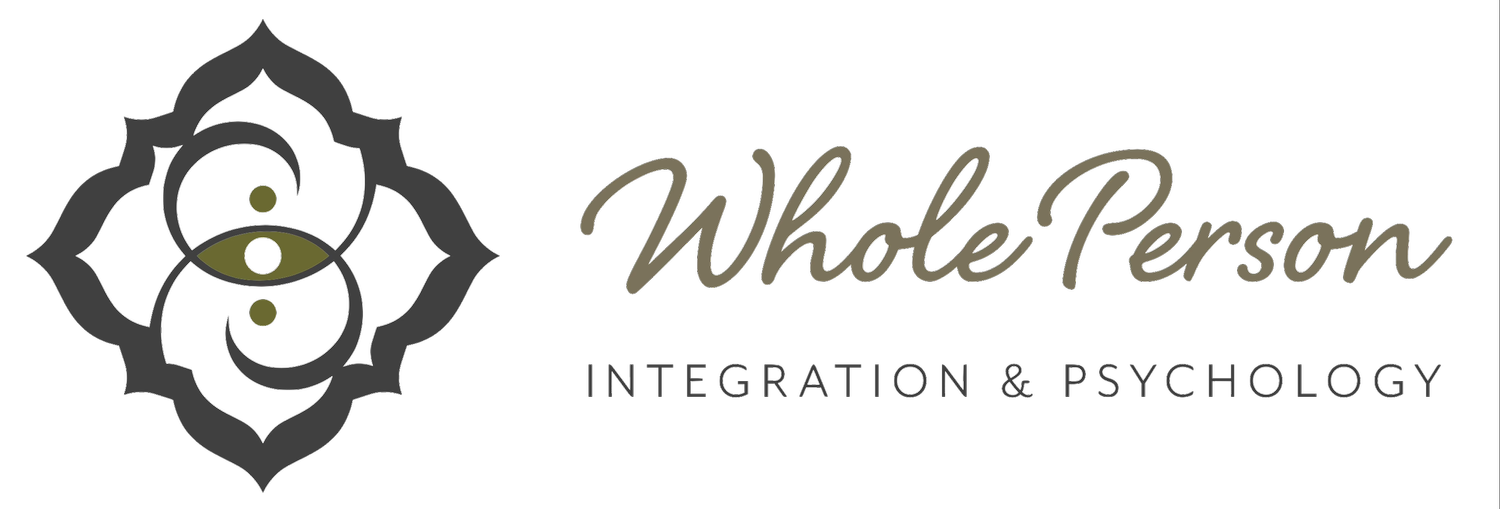The Pandemic Has Changed How We View Relationships
By: Dr. Denise Renye
The pandemic has upended almost everything – how we socialize, how we work, and how we think about relationships. The cultural norms that many took for granted are now being questioned. For instance, the “forever love,” the idea one person can be your “everything” is crumbling. And, let’s be honest, that idea has been crumbling for some time.
During the pandemic, when that one person, your spouse or significant other, perhaps did become everything – friend, lover, colleague, chef, housekeeper – relationships became strained. Relationships became all the more important and people started thinking more about their monogamous, long-term relationships. Do they work the way they are currently structured?
A new report from Pew Research Center of 2,500 Americans found 9% of respondents cited their spouse or romantic partner as a source of meaning in life, which is a drop from 20% in 2017. The married adults in particular felt this way with the number nosediving from 31% in years past to 13% now. That’s a lot and demonstrates the pandemic forced many couples to confront their unhappy relationships because there was no longer anywhere to “escape” to. Any problems they tried to bury rose to the surface.
The fantasy of a long-term, happy, monogamous relationship is disintegrating, which makes sense when you look at the history of marriage. Marriage used to be about political alliances, increasing capital, and joining families together. It was a social contract and in fact, marrying for love was considered anti-social, even subversive, with parents disowning their children for it, according to Stephanie Coontz, director of Research and Public Education for the Council on Contemporary Families and emeritus faculty of History and Family Studies at the Evergreen State College in Olympia, WA.
“The Greeks thought lovesickness was a type of insanity, a view that was adopted by medieval commentators in Europe,” she said in her book Marriage, A History: From Obedience to Intimacy, or How Love Conquered Marriage. “In the Middle Ages, the French defined love as a ‘derangement of the mind’ that could be cured by sexual intercourse, either with the loved one or with a different partner.”
Historically, polyamory has been more common than monogamy with countless examples of affairs throughout the ages. Marriage was one thing. Sex and love were another. Love didn’t enter the scene for marriage until the late 18th century and early 19th century, partly due to the French and American revolutions when Enlightenment thinkers started promoting the right to personal happiness. Because the social and economic landscape changed at that time (less farming, more urban living, smaller family sizes, etc.), that meant factoring love into the equation for marriage became more possible and it’s been romanticized ever since. Couples promise to “love each other until death do us part,” but few things, including love, stay the same over an entire lifetime.
People change and relationships do as well. The things a person valued in their 20s are likely not the same they value in the 70s. We praise couples who’ve been married for 50 years but rarely do we consider if they stayed together because they were happy with one another or if it was for other reasons: children, familiarity, fear, financial dependence, etc.
Marriage culturally legitimizes relationships and these marriages receive admiration based on their duration but what are the consequences? It creates a lot of pressure and anxiety on couples to “make it” when perhaps they’d be better off if they split up. Not to mention, marriage delegitimizes the relationships of queer folx who for a long time were unable to marry and in some parts of the world are still unable to do so.
A long-term, monogamous relationship actually is not mutually exclusive with love or cultivating a life that’s meaningful, fun, peaceful, and satisfying. For that sort of life, it has to include relational educational work such as developing communication skills, setting and maintaining boundaries, and understanding what needs your partner can meet and which they cannot. That also means recognizing when it’s time for a relationship to end, which can be incredibly empowering and liberating.
In essence though, a meaningful, fun, peaceful, and satisfying life has to include other people, other relationships. Making one person your “everything” is a dream that many are waking up from and it’s about darn time.
For more on this and other topics, subscribe to my newsletter.
References
Salt Lake Tribune. “Love And Marriage: A History That Challenges The Notion Of 'Traditional Marriage'” Huffington Post. February 13, 2014. https://www.huffpost.com/entry/love-marriage-history_n_4774740

